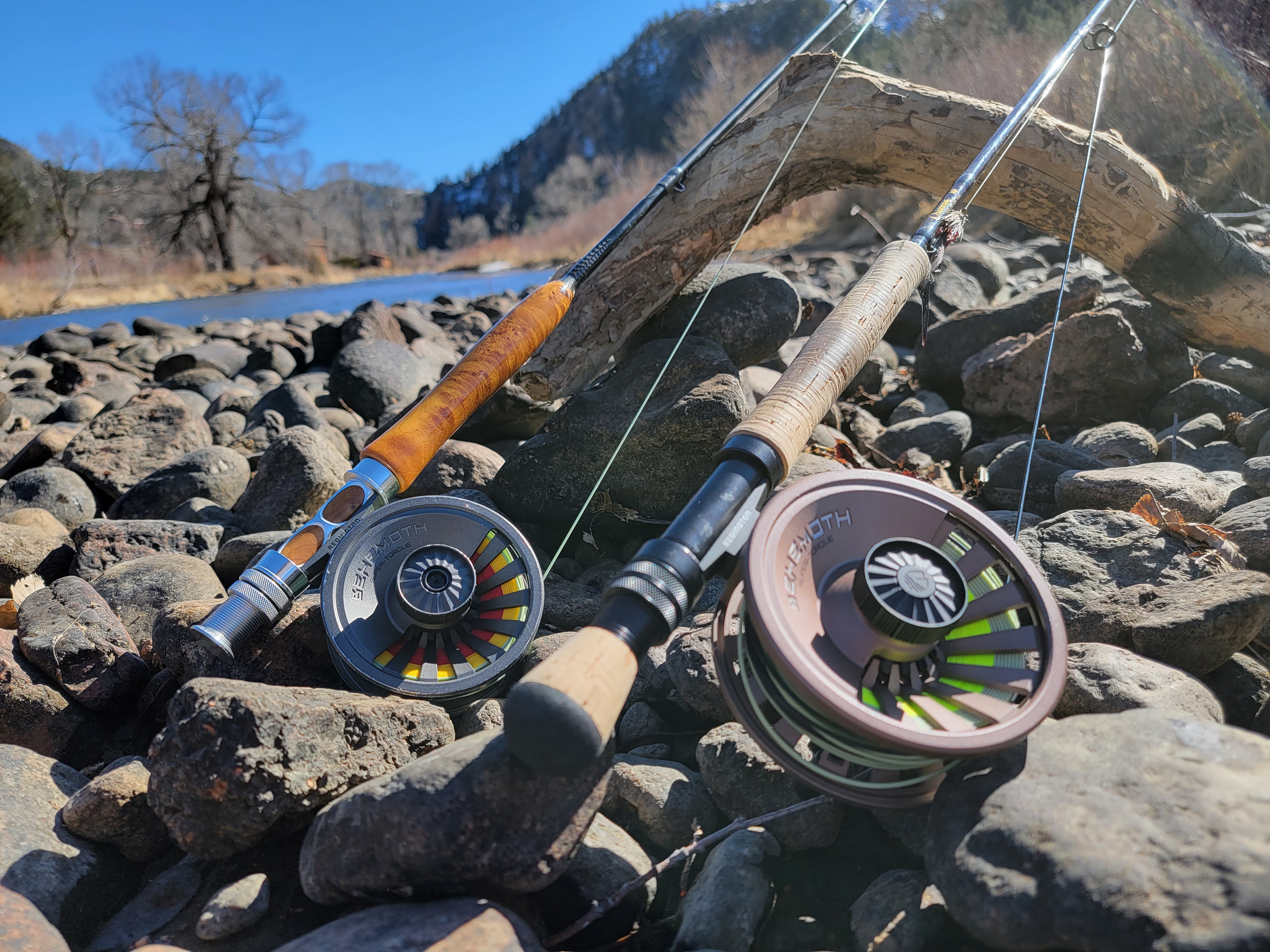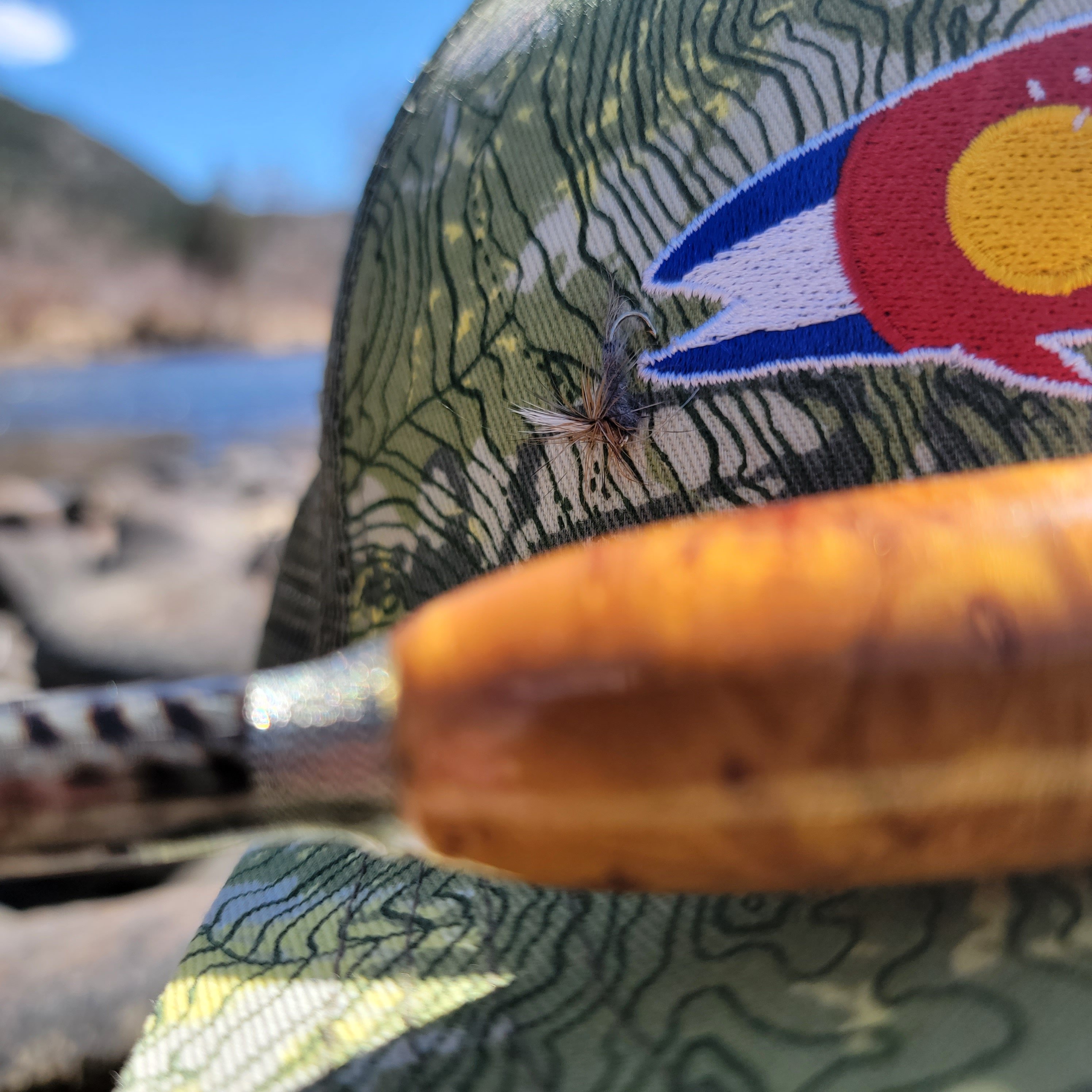Whether you're a seasoned angler or just dipping your toes into the world of fly fishing, having the right tools at your disposal can truly level up your fishing experience. From picking out the perfect fly rod and reel to mastering the art of fly tying, there are some essential tools that every fly angler should have in their toolkit. Not only will these tools enhance your fishing skills, but they'll also add an extra layer of fun to your time spent on the water. So, gear up with these must-have tools and get ready to take your fly fishing game to a whole new level.
Selecting the Right Fly Rod and Reel

When it comes to fly fishing, selecting the right fly rod and reel is crucial. The fly rod is the tool used to cast the fly line, while the reel is used to hold the line and provide drag when needed. It's essential to choose a fly rod and reel that are well-suited for the type of fishing you plan to do. Consider factors such as the species of fish you're targeting, the size of the flies you'll be using, and the fishing conditions you'll be facing. A lighter rod is typically used for smaller fish and delicate presentations, while a heavier rod is needed for larger fish and stronger casts. Similarly, the reel should have a smooth drag system to handle the strength of the fish you'll target. Take your time to research and test different options to find the perfect fly rod and reel combination for your needs.
Essential Fly Tying Tools

Fly tying is the process of creating artificial flies that imitate natural insects or baitfish. It's a skill that many fly anglers enjoy and allows them to create flies specifically designed for their target species and fishing conditions. To tie flies, you'll need a few essential tools. These include a vice, which holds the hook securely in place; a bobbin, which holds the thread used to tie the fly; scissors, for trimming materials; hackle pliers, for handling delicate feathers; and a whip finisher, for securing the thread and finishing the fly. Additionally, you may also need materials such as feathers, fur, and synthetic fibers to create the body and wings of the fly. Fly tying can be a fun and rewarding activity, and having the right tools is essential for creating high-quality flies.
Necessary Fly Fishing Accessories
On top of the fly rod, reel, and flies, there are a few must-have accessories for every fly angler. A crucial one is the fly line, essential for casting and retrieving the fly from the water. With various options like floating, sinking, and intermediate lines tailored to specific fishing conditions, it's a game-changer. Don't forget leaders and tippets to smoothly connect the fly to the line, a landing net for safely releasing fish, and a fly box for keeping your flies in order. And hey, don't overlook polarized sunglasses to cut down on glare and boost visibility on sunny fishing days. These accessories are key for a top-notch fly fishing experience.
Proper Clothing and Gear
When gearing up for a fly fishing adventure, don't forget to dress the part! Start by slipping into a trusty pair of waders - those waterproof wonders that let you wade right into the action. Choose from hip waders or chest waders, depending on the depth of the water you'll be tackling. And of course, grab a pair of wading boots for that much-needed traction, along with cozy wading socks to keep your toes toasty. Layer up for changing weather, top it off with a waterproof jacket or vest to stay dry, and don't leave home without a hat and shades to shield you from the sun. And hey, toss a waterproof bag or backpack into the mix to keep all your gear safe and sound while you conquer the waters!
Maintenance and Care of Tools
To keep your fly fishing tools in top condition, it's important to maintain and care for them properly. After each fishing trip, rinse your fly rod and reel with clean water to remove any saltwater or debris. Dry them thoroughly before storing them in a cool, dry place. It's also a good idea to periodically lubricate the reel's drag system and check the rod's ferrules for signs of wear or damage. When it comes to fly tying tools, clean them after each use to remove any leftover materials. Use a brush or toothbrush to remove debris from the vice, scissors, and other tools. Organize and store your fly tying materials in a cool, dry place to prevent deterioration. By taking proper care of your tools, you can ensure that they will last for many fishing seasons.
.png?width=300&height=100&name=Copy%20of%20Rise%20Beyond%20Logo%2012.31.24%20(300%20x%20100%20px).png)
.png)
.png)

